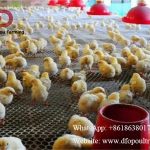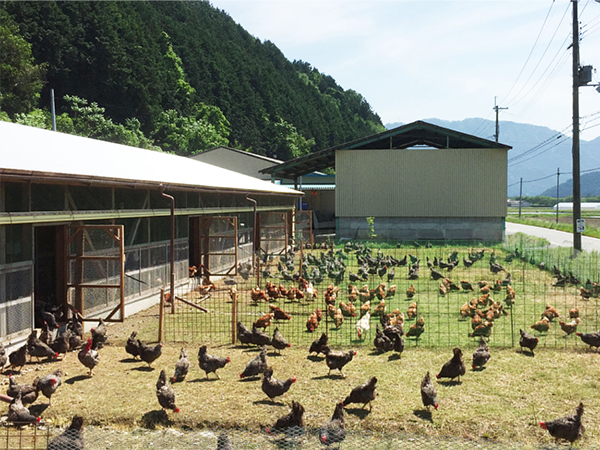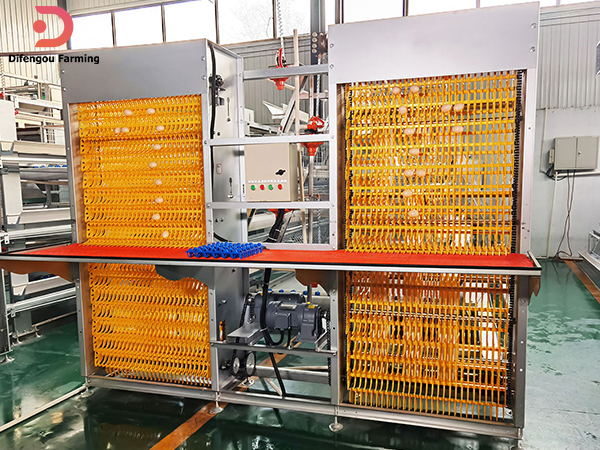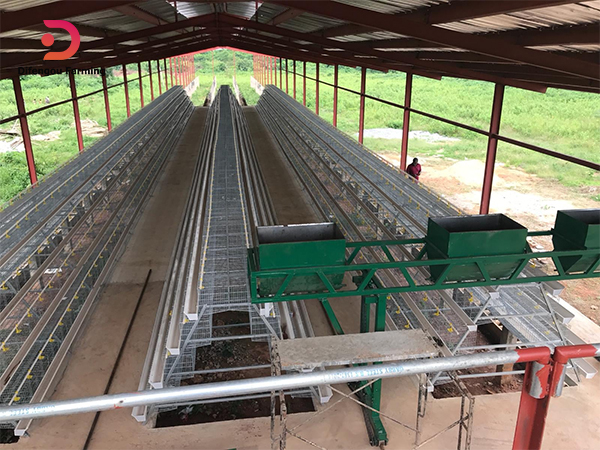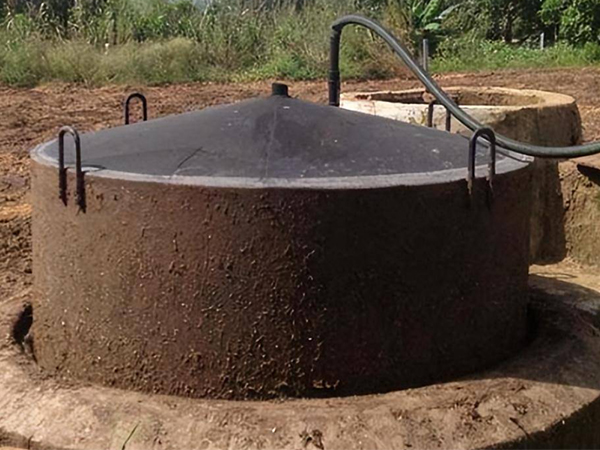Collection and Storage of Fertilized Eggs In Africa
Collection and Storage of Fertilized Eggs
Egg Collection
- Requirements for Fertilized Eggs: Fertilized eggs should be clean, smooth, without cracks, exhibit normal color and shape, and must not be contaminated with feces. Minimize the occurrence of broken eggs.
- Frequency of Egg Collection: Collect fertilized eggs in a timely manner, ideally twice a day. In extremely hot conditions, consider increasing the frequency of egg collection. Use appropriately sized plastic egg trays and handle the eggs gently.
Selection of Fertilized Eggs
- Cleanliness: Fertilized eggs with fecal or egg yolk contamination not only result in poorer hatching rates but can also contaminate other fertile eggs and the entire incubator, leading to reduced hatchability and increased instances of embryonic mortality. Mildly soiled fertilized eggs should be wiped and disinfected before incubation.
- Egg Size: Fertilized eggs should generally weigh between 55 to 65 grams. Eggs that are too large or too small do not hatch as successfully as normal-sized eggs.
- Egg Shape: Fertilized eggs with an elliptical shape, closely resembling the norm, exhibit the best hatching rates. Reject fertilized eggs that are elongated, too short, resemble dates, or exhibit waist-like indentations.
- Egg Shell Color: Ensure that the eggshell color matches the breed’s characteristics. If eggshell color suddenly lightens due to diseases or nutritional factors, it should be taken as a serious matter, and such fertilized eggs should be temporarily suspended from use.
- Egg Shell Quality: Remove fertilized eggs with shell abnormalities such as shell-less eggs, thin-shelled eggs, sandy-shelled eggs, or wrinkled eggs.
- Internal Quality: Fertilized eggs with cracks, ruptured air cells, improperly positioned air cells, or excessively large air cells should not be used as breeder eggs.
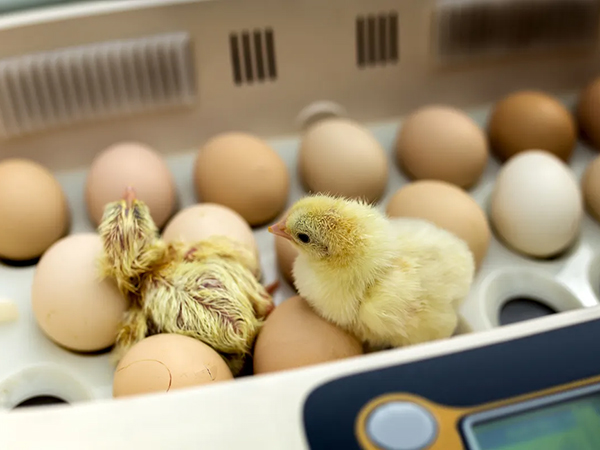
Egg Disinfection and Storage
- Egg Disinfection:
- Timing: Disinfection is typically carried out in two stages: first, within the breeder house, half an hour after egg collection, and second, just before incubation inside the incubator.
- Disinfection Methods: Common methods include formalin fumigation in a sealed space for half an hour. Other methods encompass hydrogen peroxide fumigation, immersion in disinfectant solutions, and ozone treatment in a sealed environment.
- Egg Storage:
- Storage Temperature: The critical temperature for embryo development is 24°C. Fertilized eggs should be stored at temperatures lower than 24°C. For eggs intended for storage up to one week, 15°C is considered suitable. For longer storage, 12°C is recommended. When transferring fertilized eggs from the breeder house to the storage facility, it is advisable to gradually reduce the temperature.
- Storage Humidity: A relative humidity of 70% to 80% is recommended. Particular attention should be paid when using air conditioning systems, and water basins are often employed to maintain humidity.
- Ventilation: Provide slow and moderate ventilation to prevent the growth of mold.
- Storage Duration: Shorter storage periods are preferable. Breeder-fertilized eggs are typically stored for 5 to 7 days but should not exceed 2 weeks.
- Storage Methods: For short-term storage (around 1 week), eggs can be stacked in egg trays and covered with plastic wrap. For medium-term storage, store the eggs with the pointed end facing upward. For longer-term storage, consider the use of nitrogen gas flushing.

